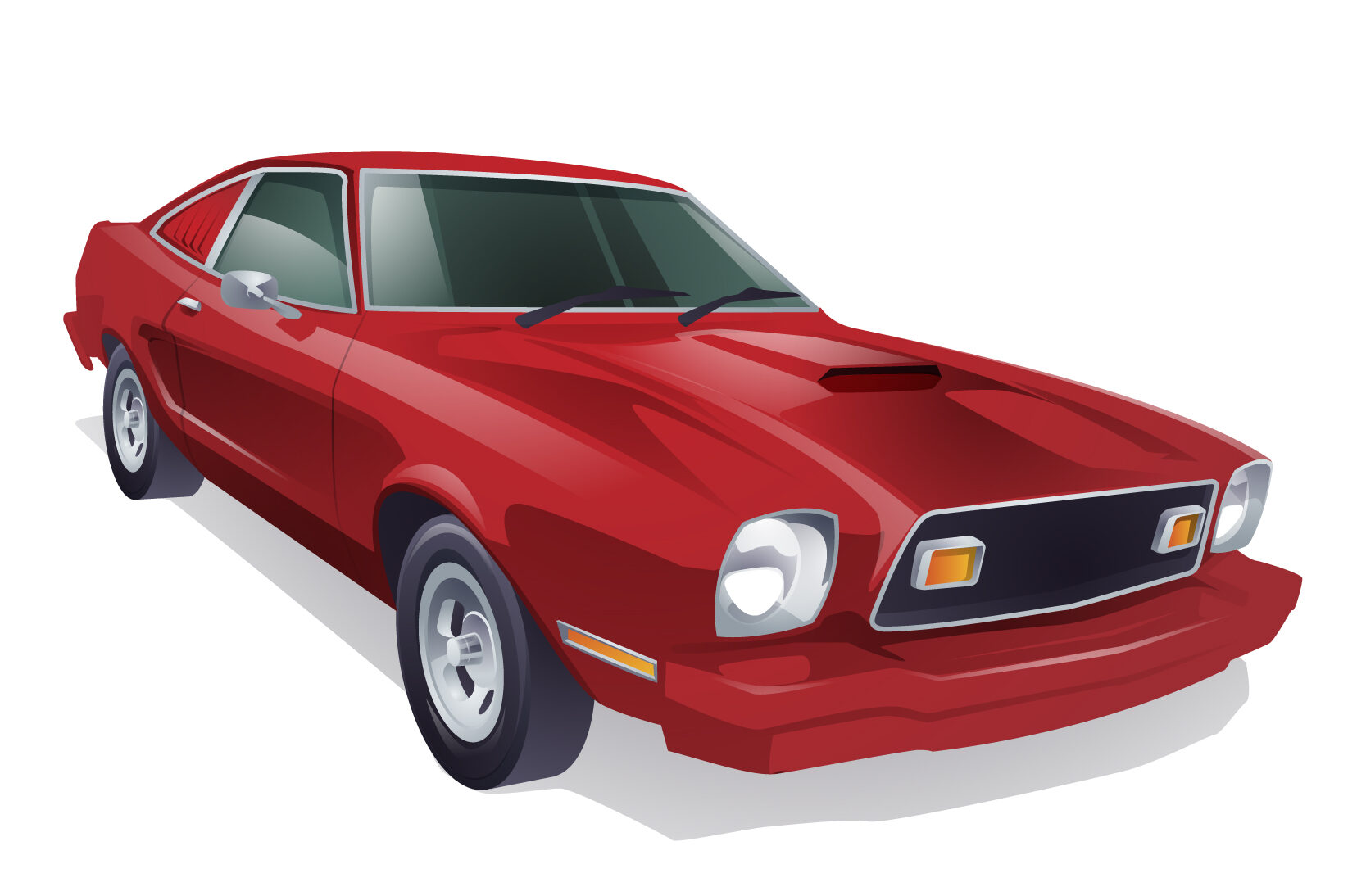Own a classic car? Top 4 tips for maintaining your car’s health!

Are you a car enthusiast who owns a classic car but constantly worries about its safety? Getting well-acquainted with maintaining your antique car gives you enhanced peace of mind and keeps the car's functionality intact.
Classic car admirers, listen up! Irrespective of whether you bought your classic car in a mint state or have gradually but surely been keeping it appealing, your classic enticer will require thorough maintenance to retain its charisma. Well, it's a significant part of the joy of ownership!
You have come to the right place if you need to learn how to maintain your classic car's charm. This article will give you 4 extraordinary tips for maintaining your old charmer.
- Verify the fluid level
The most crucial way to protect your classic car is to analyze its fluid level as lower fluid level damages mainly older cars. Therefore, changing oil, differential oil & transmission fluid, and flushing the cooling system are all part and parcel of monitoring the fluid level.
Keeping the car's motor fully functional is your optimum priority, as low oil levels may cause irremediable damage to your classic car's motor. Hence, to fend off the damage from happening, you should check the oil level and change the older oil consistently.
- Keep it clean and dry
You must not want to ruin your car by letting it get grimy. Dirt and grim accumulation on the exterior give rise to corrosion and rust. In the running gear and beneath the hood, massive specs of dirt act as an insulator, increasing the temperature of the critical fluids. Therefore, keeping your classic car dry and clean is necessary for maintaining its health.
- Examine the brakes
Whenever you take your classic enticer on the road, you must ensure its safety while driving. Keeping eyes on the brakes and paying heed to any noises that seem not up to snuff will let you know if the car is safe to drive.
In order to supervise the brake system, you must bleed the brake at least once a year, which will purge air bubbles. Furthermore, don't forget to look for the brake pads, as non-uniform wear can deteriorate the rotors.
- Examine the tires
Indeed, the tires don't last long, even though you never take your car on the road. UV radiation and temperature variations crack and stiffen the rubber surfaces of the tires. Therefore, for classic car maintenance, replacing tires within 6 years after its manufacture date is suggested.
A classic car is not only a source of fulfillment, prestige, and unexpected social opportunities but also requires some maintenance to run efficiently on the road. With these maintenance tips mentioned above, you can take care of your classic cars.